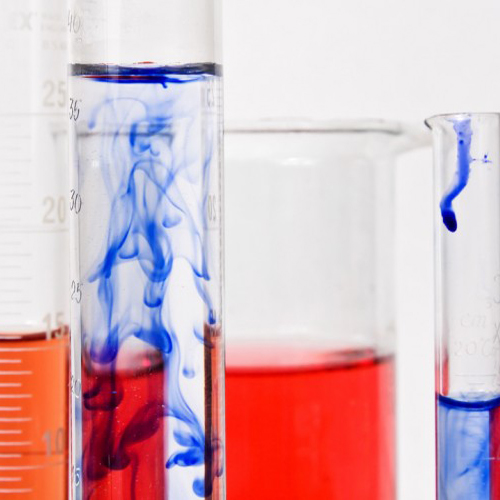
Not all carbohydrate foods are created equal; in fact, they behave quite differently in our bodies. The Glycemic Index describes this difference by ranking carbohydrates according to their effect on our blood glucose levels. Choosing low GI carbs—the ones that produce only small fluctuations in our blood glucose and insulin levels—is the secret to long-term health reducing your risk of heart disease and diabetes and is the key to sustainable weight loss.
There is a lot of talk in the world of health and nutrition about the glycemic index (GI), a chart that measures how quickly the carbohydrates you eat turn into sugar in your blood. But there is a related index called “glycemic load” (GL), which tells you how much of that carbohydrate is in a serving of a particular food. Glycemic load is the better predictor of how much a food raises blood sugar, but both concepts are important to understand if you wish to keep your blood sugar levels in a healthy range. The GI is a scale of 1-100, with 100 being the fastest and quickest impact on your blood sugar level, and 1 being the slowest impact on your blood sugar level. By choosing foods that are lower on the glycemic index, your nutrients are delivered more slowly to your blood stream, which means they’ll provide a slower/longer source of energy, produce less of an insulin response and create less of a crash that causes your body to crave more carbohydrates!
Now, the GI DOES NOT factor in serving size. For example, watermelon has a GI number of 73, and milk chocolate has a GI number of 43. So should we be eating chocolate all day long and avoiding fruit? Nope, it’s because the GI number is based off of 50g of total carbs of each type of food. You only have to eat 3 oz of chocolate to get to 50 grams of carbs, while you need to eat 1.5 pounds of watermelon to get 50g of carbs. Luckily, the Glycemic Load factors in serving size along with the glycemic index. Processed foods, refined carbs, and sugar all have high glycemic loads, while fruits and vegetables generally have low glycemic loads. This is the info that we’ll be using to our advantage.
Rather than print out every single piece of food and it GI and GL, I’d rather keep things simple. Focus on eating foods with LOW glycemic loads during the day, and only eat carbs with HIGH glycemic loads immediately before a workout – they’ll be burned immediately as fuel – or directly AFTER a workout along with protein – they’ll get used to refill your muscle’s fuel stores rather than stored as fat. Foods above 55 are considered to have a high Glycemic Index, and foods above 20 are considered to have a high Glycemic Load. more: http://www.glycemicindex.com
Low Glycemic load examples:
veggies
seeds
nuts
berries
High Glycemic foods:
pastries
pastas
mashed potatoes
candy
crackers
rice
pancakes
Fruits. If you eat whole fruit with the fiber in tact, you will find that the blood sugar issues are not a problem, as long as you keep your dietary (healthy) fats low, since high levels of fats interfere with insulins ability to do its work
Any time you eat carbohydrate-rich foods, glucose enters your blood stream. If you are eating healthy unprocessed whole foods and your body is functioning correctly, this is not a problem. The sugar quickly leaves the bloodstream and, with the help of insulin, is deposited in to the cells of your body as fuel and energy. However some foods interfere with insulin function, causing sugar to pile up and have a hard time exiting the bloodstream. When this occurs, your cells become starved of energy. And if it happens repeatedly for long periods of time, you can end up with damage to the nerves, eyes, kidneys, hearts and blood vessels (for starters).
High GL foods cause spikes in insulin. If insulin levels stay chronically high, the insulin receptors become desensitized over time, then the pancreas must secrete even more insulin to do the same job. This is a dangerous condition that leads to blood sugar instability and eventually diabetes and other disorders. Increased insulin also causes health problems including:
– increased fat storage
– decrease in human growth hormone
– increase in cortisol
– decrease in testosterone
– decrease in DHEA
– adrenal fatigue
– Mood swings
– decrease immune function
– increased inflammation
